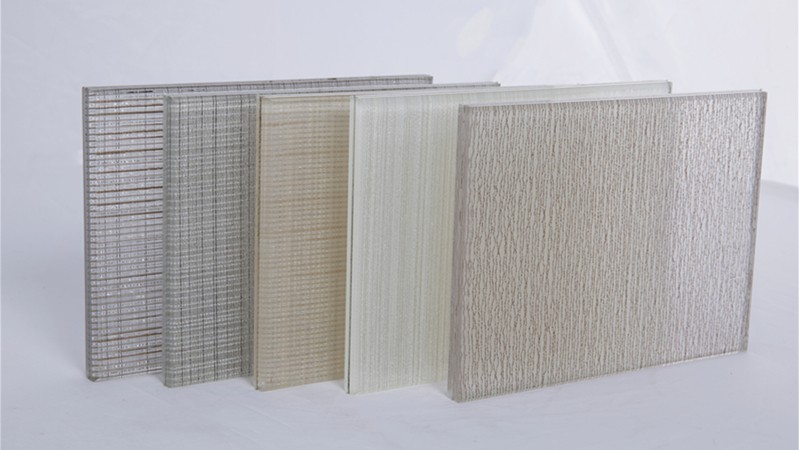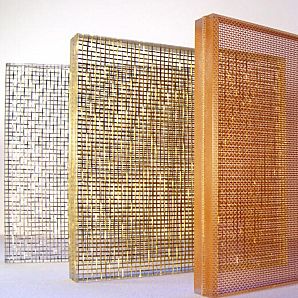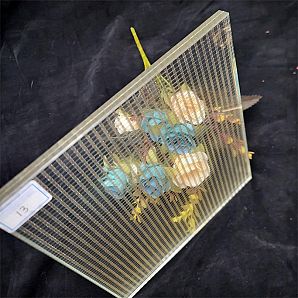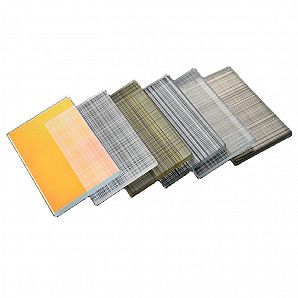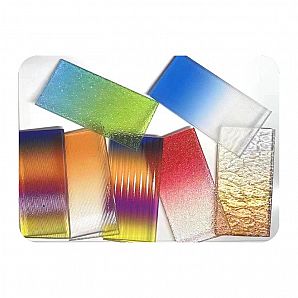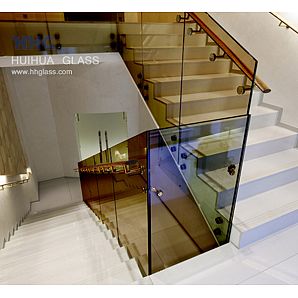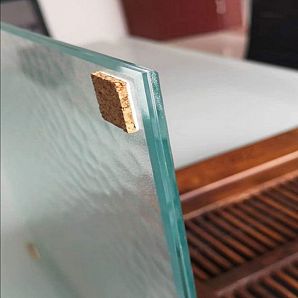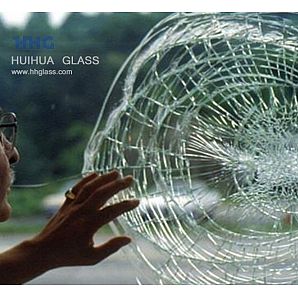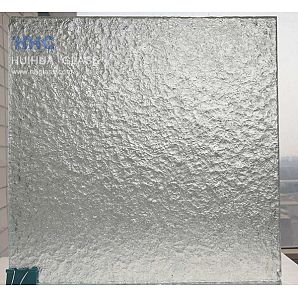Because laminated glass has high impact strength and safety in use, it is suitable for doors, windows, ceilings, floors and partitions of buildings; skylights of industrial plants; shop windows; kindergartens, schools, gymnasiums, private houses, Doors and windows of buildings such as villas, banks, jewelry stores, and post offices where valuables or fragile glass are kept.
Laminated glass is made by sandwiching a tough polyvinyl butyral (PVB) intermediate film between the glasses, which is processed by high temperature and high pressure. Laminated glass made of transparent film has basically the same appearance and installation method as ordinary glass, and it is durable. Although ordinary laminated glass does not increase the mechanical strength of the glass, it has the following advantages, making it a recognized and safe glass product. It can be widely used in building doors and windows, curtain walls, daylighting ceilings, skylights, suspended ceilings, overhead floors, large-area glass walls, indoor glass partitions, glass furniture, shop windows, counters, aquariums and other occasions where glass is almost used.
Laminated glass has safety, security, hurricane and earthquake resistance, bulletproof, riot resistance, noise reduction, sunlight control characteristics, UV protection characteristics, and water pressure resistance characteristics.
What are the requirements for laminated glass in the construction industry?
1. Compared with other glass, it has the performance of shock resistance, anti-theft, bullet-proof and explosion-proof.
2. High safety, because the adhesive film of the middle layer is tough and has strong adhesion, it is not easy to be penetrated after being damaged by impact, the fragments will not fall off, and the adhesive film is tightly bonded.
3. The intermediate film can block 99% of ultraviolet rays and delay the fading of indoor furniture curtains.
4. Energy saving. The interlayer film can reduce solar radiation, prevent the loss of energy springs, save the power consumption of air conditioners, and the interlayer film can buffer the sound sonic vibration products, so as to achieve the sound insulation effect.
5. Increase the appearance beauty of the building.
6. The intermediate film can have a variety of colors for the designer to choose, and it is easy to coordinate with the outer wall and the surrounding environment.
